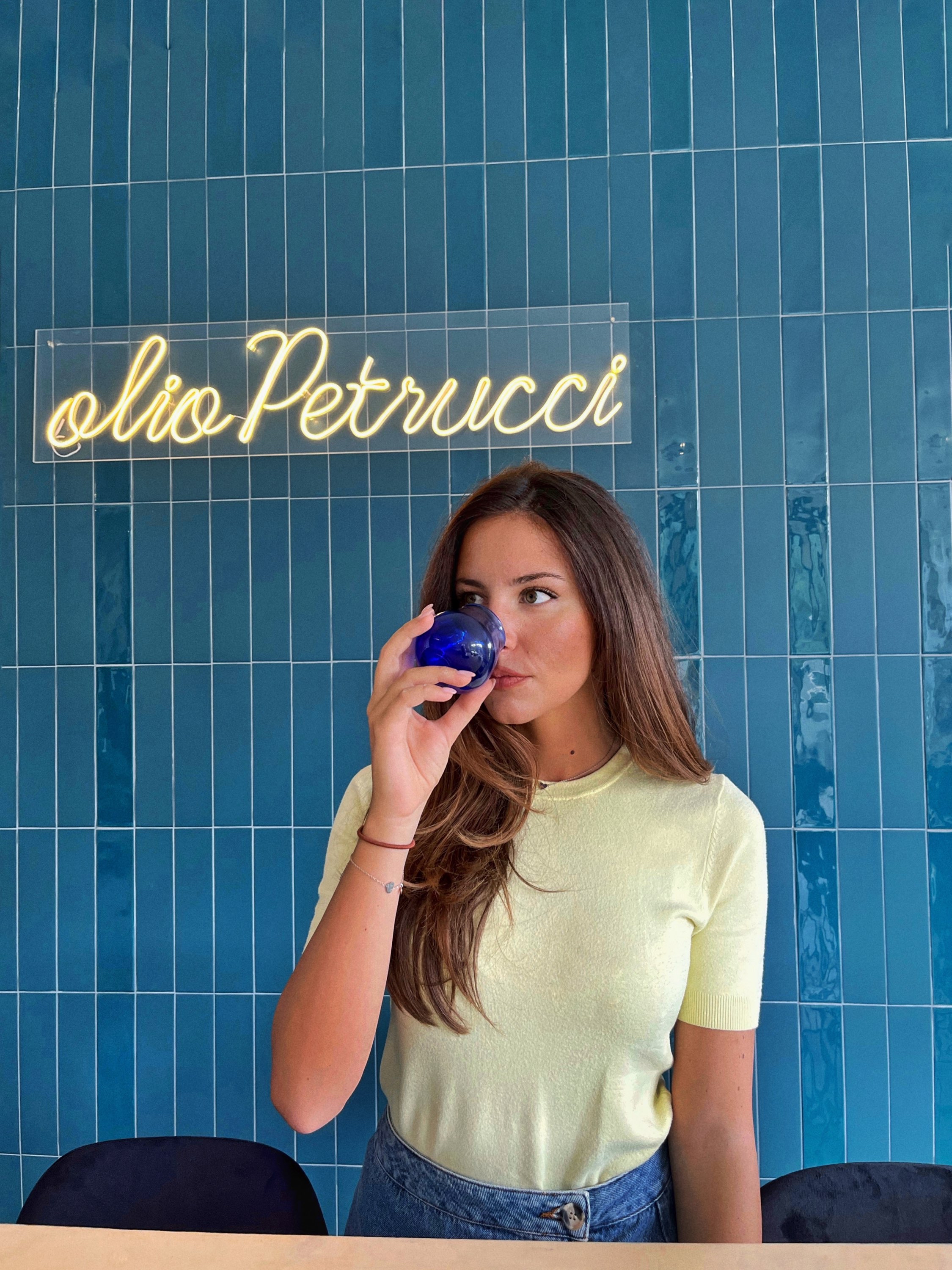Olio Petrucci su Forbes US
- Sabina Petrucci
- 21 ott 2022
- Tempo di lettura: 2 min
La nostra azienda, la filiera Sabina DOP ed il lavoro dei giovani agricoltori, la Sabina, i suoi borghi e le altre produzioni del territorio. Tutto questo, quasi un anno fa, l'abbiamo raccontato Catherine Sabino di Forbes US.

Leggi di seguito un piccolo estratto oppure qui l'intero articolo:
"Early in November I traveled to the Sabine Hills to tour the area with Sabina Petrucci, whose family has lived in the region since the 1600s and produces top olive oils like Petrucci EVO Sabina DOP. On our drive from Rome to Palombara Sabina (about 45 kilometers away), Petrucci, who divides her time working for the Sabina DOP Consorzio, the local association of olive oil producers, and her family’s business, tells me about her home territory, which for millenia has been known for its olive trees and olive oil production (with earliest recognition coming from such ancient authors as Virgil in The Aeneid and Varro).
The Sabina is still home to olive trees believed to have long outlasted the Roman Empire—like the ones in Canneto Sabino and Palombara Sabino.* The historic tress are exceptional, of course, but there are many in the area that are several hundred years old.
We stop at the Op Latium oil mill, a modern facility also in Palombara Sabina, to watch fresh olives arriving from the fields as they start on their way to become what’s often been described as “green gold.” Most olives in Sabina grow from local cultivars, like Carboncella, Frantoio and Raja, explains Petrucci, and are largely picked by hand or culled with special harvest rakes. The fruit is taken to a mill shortly after harvesting, the extraction process follows quickly, for example, by the end of the day for olives collected that morning. Oil (depending on the amount of olives) can be produced in about an hour, says Petrucci, after which it is stored in special containers to prevent oxidation, then filtered and bottled. Next comes certification—for an EVO to have DOP status [Protected Designation of Origin, guaranteeing product authenticity] requires numerous tastings and chemical analysis, explains Petrucci. The quality control is overseen annually by Agroqualità, an official certifying group, and containers of Sabina DOP EVO are numbered, so you can know the grower, production area and mill where the oil was processed.
The Petrucci farm spans 70 hectares in the Sabina and produces some 30,000 bottles of olive oil each year. The day we visited, the harvest, which runs from October to December, was in full swing, as workers moved from tree to tree, picking and raking the olives and removing the precious fruit from large nets spread on the ground. Petrucci points out that the flavor of olive oil varies not only from region to region, “but also from tree to tree.” Sabina DOP EVO is noted for its fruity scent and flavor with more spiciness common in fresh oils. (I found it richly satisfying when I tried it with an antipasto at lunch.)"





Commenti